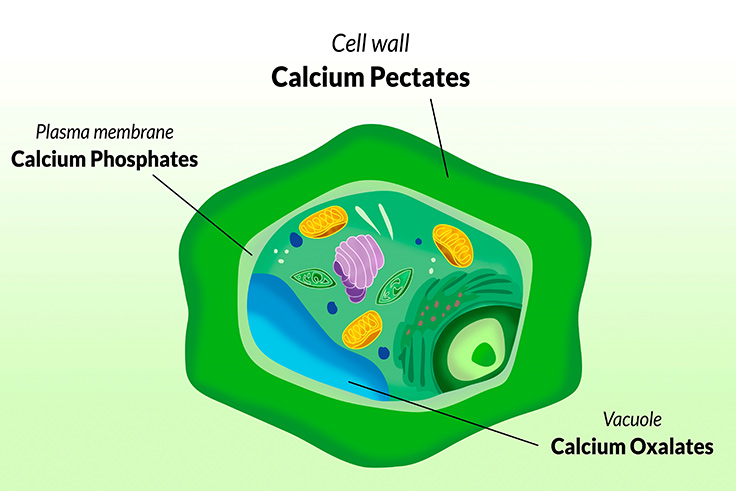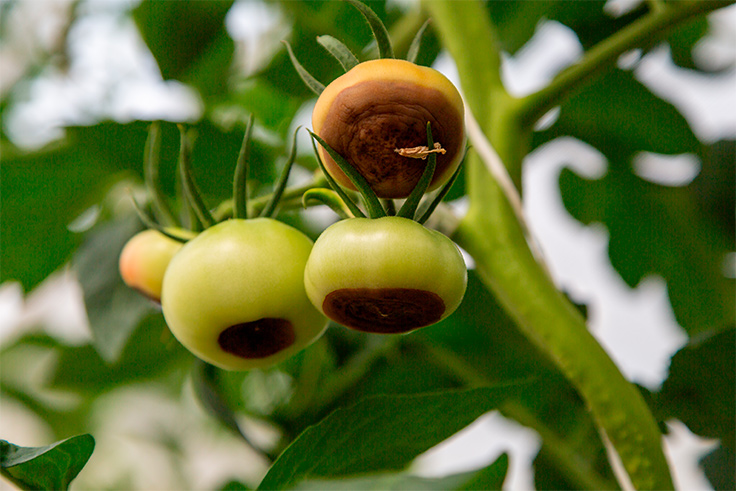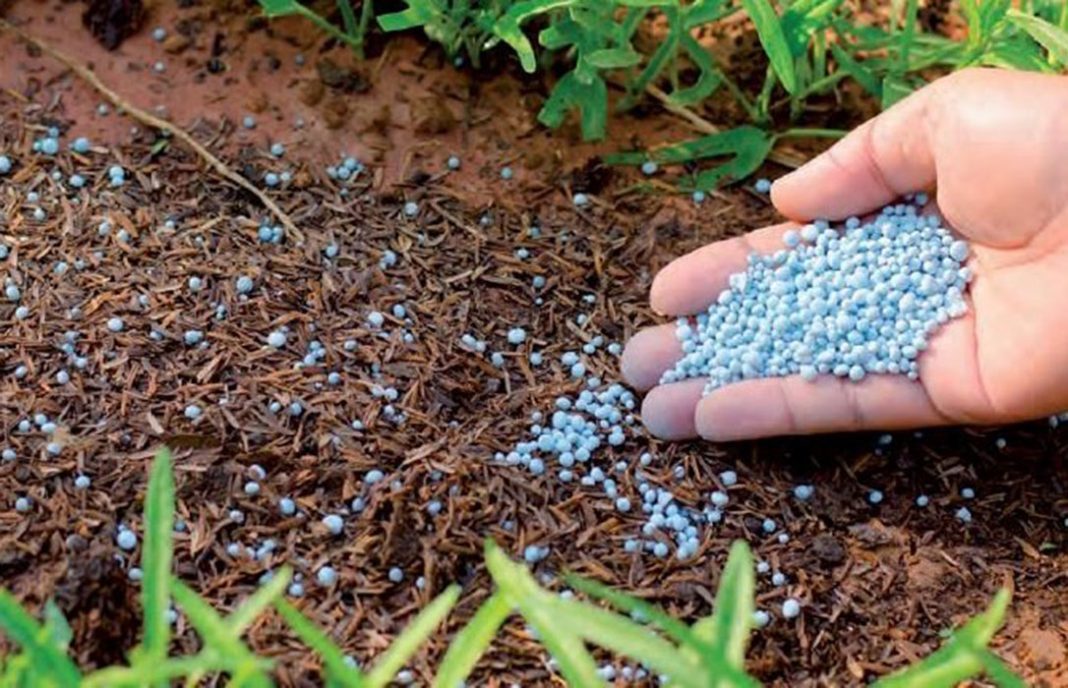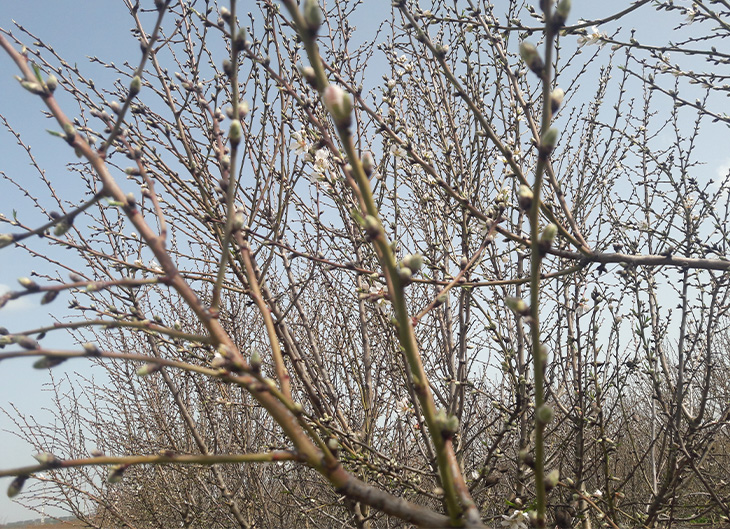
Calcium in agricultural crops
Calcium (Ca) is a secondary macronutrient essential for plant development. The absorption of calcium by the plant is done passively and does not require energy, in contrast to other elements. The inlet pathway is extracellular, through the apoplast, moving passively, dragged by the stream of water that penetrates the plant and is generated by perspiration.
Therefore, calcium can only be absorbed and transported to xyma by root apexes and young roots, in which endodermis has not yet been suberified. To promote calcium assimilation it is important to maintain continuous perspiration and root activity. Upon entering the apoplast, it is bound interchangeably on the cell walls and on the inner surface of the plasma membrane.
Calcium functions
The dynamics of calcium in the soil can vary widely depending on texture, pH, erosion, rainfall, leaching… to which he is subjected. In this medium, calcium performs the following functions:
- – Flocculant element, as it forms complexes with clays and humic acids.
- – Improves the structure of the soil: favoring a balance between the gaseous and liquid phase, avoiding the reduction of porous spaces, in short, favors the compaction of the soil.
- – Increases soil pH, increasing the percentage of base saturation of the absorbent complex.
- – Promotes the breakdown of organic matter.
- – Contributes to the biological activity of the different microorganisms present in the soil.
In the plant, calcium is found as free ion (Ca2+) or combined with groups of low mobility in it (oxalates, phosphates, carbonates, etc.), although most of (Ca2+) is located extracellularly, in the cell wall and membrane.
The functions of calcium (Ca2+) in plants are:
- – Promotes cell multiplication and elongation.
- – Acts as a structural element, strengthening the cell wall and preventing cell degradation and increasing resistance to pathogens and abiotic stresses.
- – Improves the quality and shelf life of the fruits, avoiding pre- and post-harvest physiological alterations.
- – Regulates the absorption of N or counteracts harmful effects due to excess other nutrients such as K, Na or Mg.
- – It is part of the stomatic regulation. It is involved in the protection of plants against high temperatures and water stress.
- – Helps to transfer carbohydrates and proteins in the plant.
- – Participates in enzymatic and hormonal processes.
During fruit development, calcium (Ca2+) is forming three types of compounds: calcium phosphates, calcium oxalates and calcium pectates (Figure 1). The fraction of calcium that joins the phosphate groups of cell membrane phospholipids (calcium phosphates) is involved in regulating the absorption of solutes and inhibits the loss of these under stressful situations. On the other hand, calcium becomes insoluble in the form of calcium oxalate to be stored as a reserve in vacuoles.
Finally, calcium pectates that are presented attached to the cell walls represent the fraction that is called Linked Calcium, and it is the one that has structural function. This fraction is primarily responsible for the firmness of the fruit, and has been shown to be closely related both to the shelf life of the fruit and to its ability to mechanically resist the attack of pathogens and abiotic stresses.

Calcium deficiencies in crops
Calcium is considered a relatively immobile element in the plant, so its displacement through the different organs depends, as already described, directly on the perspiration of the plant. This explains why low perspiration organs such as new shoots and, mainly, fruits are the most sensitive to developing calcium deficiencies (Battey, 1990).

How do these deficiencies manifest themselves? They usually do so from germination, causing chlorosis, stopping root development, causing short, thick roots with a brown coloration. The leaves roll, sometimes with necrosis at the edges, with symptoms appearing almost always in young women, and the plant as a whole decreases its growth.
In the fruits you can identify different very characteristic symptoms, among which we can find:
- – Blossom end rot in tomato, pepper and avocado, caused by poor transport of photo-assimilated and rapid growth accompanied by high temperatures.
- – Bitter pit in apple tree, there is a corking and internal staining of the fruit that affects the quality of these, so it is difficult to detect them before storage.
- – Tip burn in strawberry, lettuce, escarole…. it is characterized by the appearance of necrosis in younger areas of foliar limbos caused by very rapid growth with imbalance between water absorption by the roots and perspiration through the leaves.
- – Cracking in citrus is characterized by cracking of the bark.
In short, calcium nutrition is fundamental to the proper development of our crops and especially the fruit, due to the structural function it plays as a cementing agent between cells. It provides the stability that plant tissues need to prevent different physiopathies.





